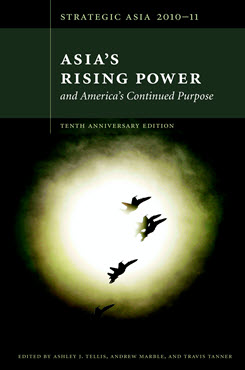Politico-Economic and Radical Islamic Challenges to Democracy in Asia
This chapter examines the prospects for democracy and democratization in Asia.
EXECUTIVE SUMMARY
This chapter examines the prospects for democracy and democratization in Asia.
MAIN ARGUMENT
Though the region’s established democracies, notably Japan and India, seem stable, the global wave of democracy has seemingly stalled in most other states in Asia. First, Asia’s established democracies have followed multiple paths toward democratization that may not prove easily replicable elsewhere in the region. Second, the phenomenal rise of China over the past three decades has made authoritarianism a viable competitor to democratic capitalism. This phenomenon has created a challenge for democratization not only through the demonstration effect but also as China has quietly begun to export its model abroad. Third, democracy faces a challenge from political Islam in Asia.
POLICY IMPLICATIONS
- U.S. strategic interests in Asia are threatened less by the stalling of democratization in the region than by changing power dynamics, notably the rise of China.
- State capitalism and political Islam have important negative consequences for U.S. interests: State-backed firms not only will distort the normal functioning of the market in countries where they compete with U.S. firms but also are likely to reduce U.S. influence in many resource-rich countries such as Iran and Myanmar, which are already unfavorably disposed toward the U.S. In order to meet the challenge of political Islam, the U.S. will need a global strategy that is sensitive to local conditions. Further, the U.S. cannot selectively target al Qaeda while ignoring other radical Islamist organizations in different parts of the world.
Strategic Asia
The Strategic Asia annual edited volume incorporates assessments of economic, political, and military trends and focuses on the strategies that drive policy in the region. Learn more about Strategic Asia.


